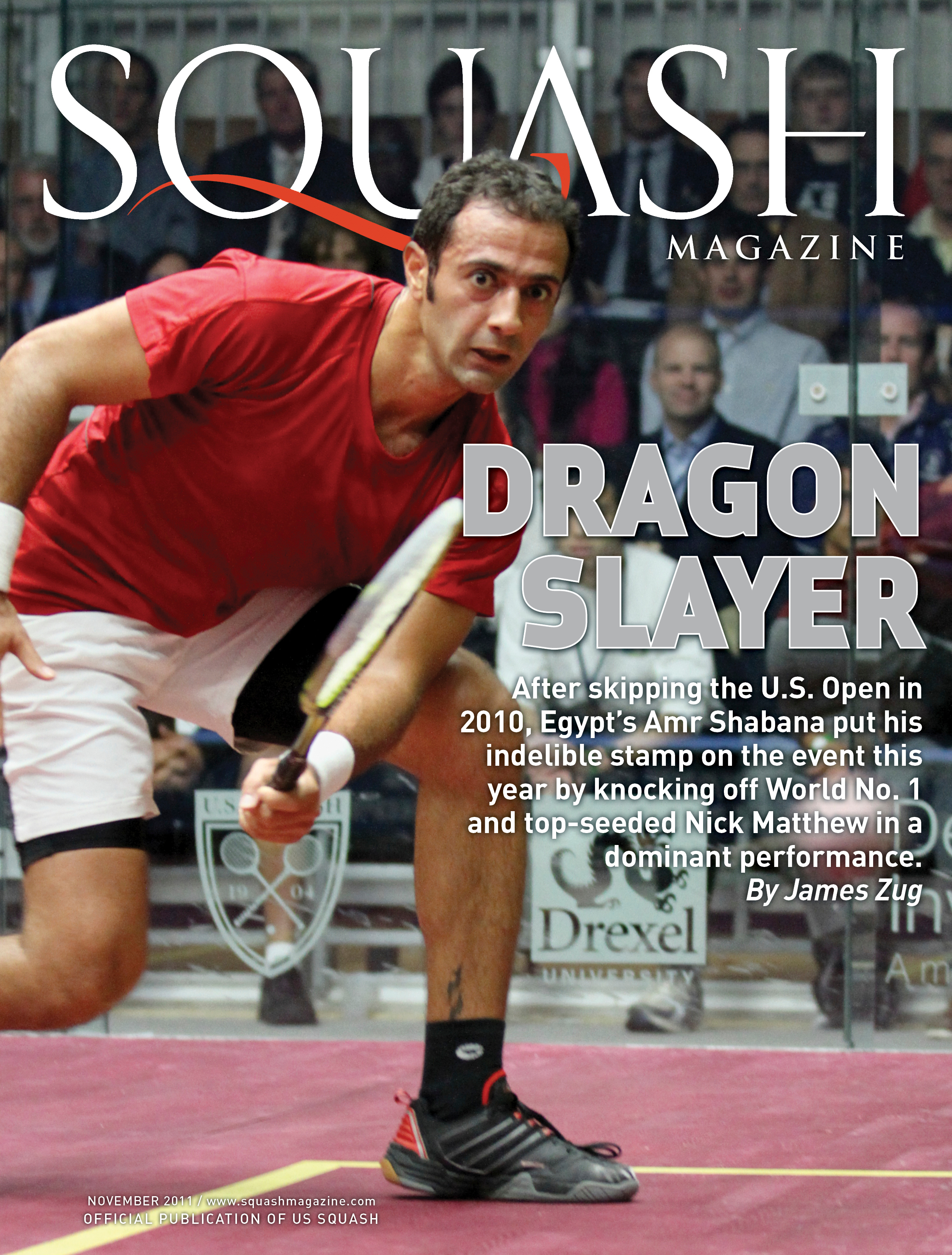By Jay D. Prince
Something has happened to spectator sports since the 1970s and ‘80s, when going to a football or basketball game really meant just that—you were going to be laser-focused on the game. Sure, there were the cheerleaders prancing around the sidelines and on the court.
Today, to experience a professional football game, or a tennis match, or baseball game, is to be inundated with sensory overload. Music blaring through the loudspeakers; trivia questions; requests to snap a pic with your smart phone and text it to be displayed on the JumboTron. And that’s just what’s happening in areas that we can see from our seats.
In the concourses, the food options are so varied and, well, yummy, that one could spend the whole game looking for yet another thing to eat. There are booths with items up for auction to raise money for various causes. Before games, in Seattle anyway, there is an entire event center connected to Century Link Field full of pregame activities for kids and adults alike.
What has happened is that our sports weekends are no longer just filled with games—they are filled with “events.” For the major sports in this country, staging these events many times each year (10 for football, not including playoffs; 81 for baseball; etc), is really a no-brainer. They are money makers and tap into the interests of their fans who don’t find the games themselves stimulating enough or, perhaps, a good enough value. Makes sense to me.
For sports like squash, trying to find the revenue to put on “events” is a major challenge. The Tournament of Champions is ideally suited for it because of the Grand Central venue in mid-town Manhattan. But for many other big-time squash tournaments, pulling off the “event” feel is a never- ending challenge.
I’ve been dying to see a U.S. Open where everything just worked—the venue, the players entered, the attractions inside the venue. But part of the problem lies in the fact that the Open has moved around so much. The Symphony Hall venue in Boston worked because the location was stunning, but even there the vendors and bar area were pretty well removed from the court and spectator area itself.
This year, in late September and into the first week of October, U.S. SQUASH hit a home run with their staging of the Delaware Investments U.S. Open at Drexel University in Philadelphia. The all-glass court was situated well between the permanent bleachers of the Daskalaskis Athletic Center gymnasium at the front and back walls, with temporary bleachers on the sides. Carpeting lined the entire visible portion of the arena. The VIP lounges—all three of them—either provided excellent direct view of the court or easy viewing on the multitude of large screens being streamed by PSASquashTV. Miniature inflatable “courts” offered plenty of things for the kids to do, like taking shot with a radar gun. The sponsor signage was clearly visible but placed so as not to be obnoxious. And there was signage all over the city, including at the airport—now that is something I haven’t seen before!
If anything was disappointing it was simply that there weren’t more butts in the seats during the early rounds. But with more time to promote it, and a year of encouragement via word of mouth, the U.S. Open may finally become a “must-see” event for every squash lover.





